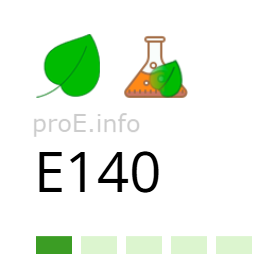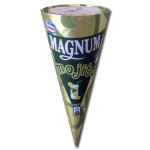
Other names for the additive (synonyms)
General Information
Food additive E140 is a group of natural green colorants, which includes two main types of compounds: chlorophylls and chlorophyllins.
- Chlorophylls (additive E140(i)) are natural magnesium tetrapyrrole complexes found in the leaves of most plants, algae, and cyanobacteria.
- Chlorophyllins (additive E140(ii)) are derivatives of chlorophylls formed during saponification and substitution of magnesium with other ions (copper, sodium, potassium).
Compounds of the E140 additive group give products their characteristic green color and are widely used in the food industry, pharmaceuticals, and cosmetics. They differ in chemical structure, solubility, and stability, which determines their area of application.
Chlorophylls are fat-soluble, sensitive to light and high temperatures, and may degrade during long-term storage and heat treatment. Additive E140(i) is more often used in products with neutral or slightly acidic conditions, such as ice cream, creams, dairy desserts, and oil-based sauces.
Chlorophyllins are more stable. They are water-soluble, resistant to acidic conditions, and retain a rich green color during long-term storage. Additive E140(ii) is used in products with acidic or aqueous phases, such as beverages, fermented dairy products, sauces, and confectionery.
The EFSA Panel on Food Additives and Flavourings conducts separate safety assessments for chlorophylls and chlorophyllins, considering their physicochemical properties, metabolism, and potential effects on humans.
More detailed information on the properties of the additives, their health effects, and existing studies can be found in materials dedicated to specific subtypes:
